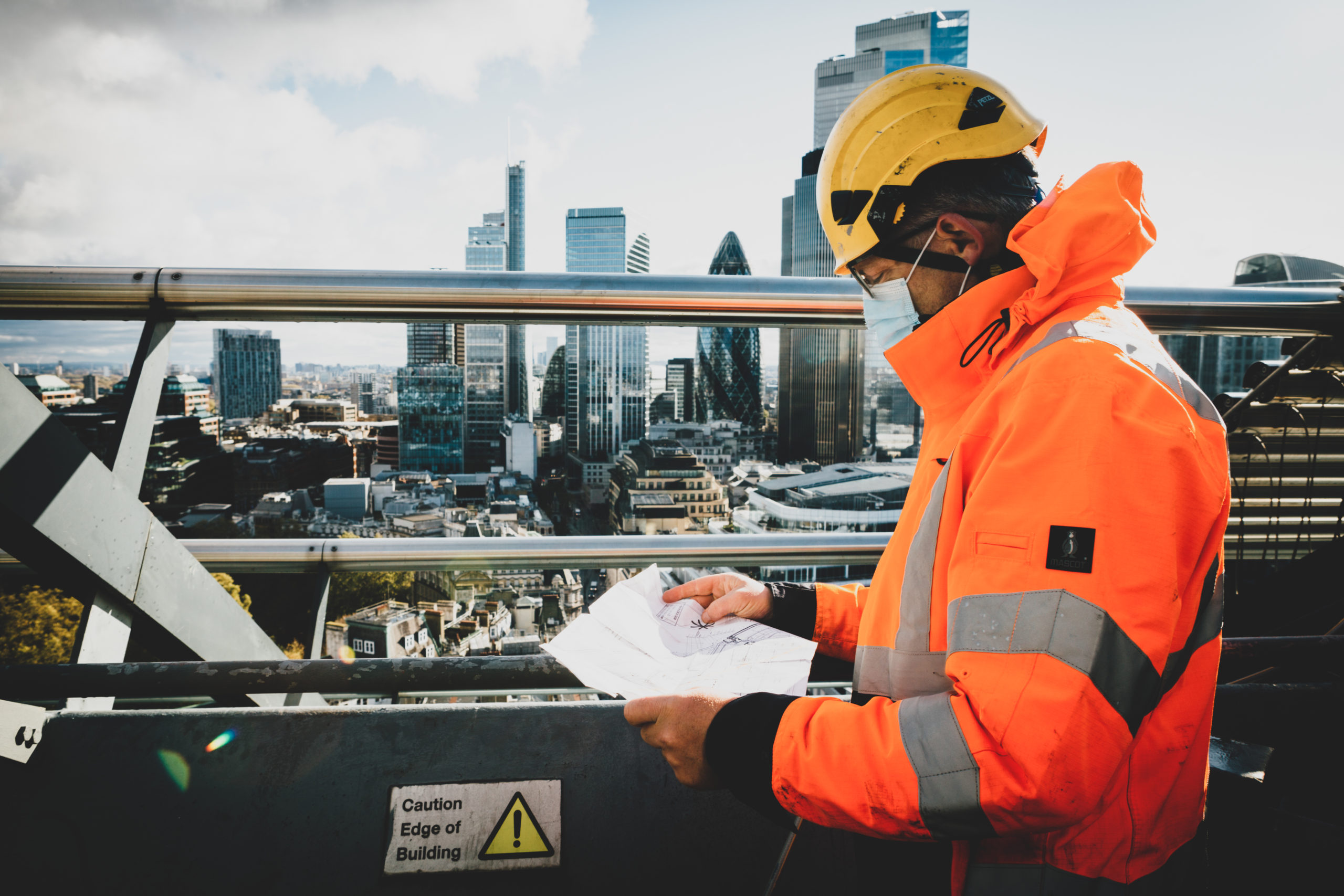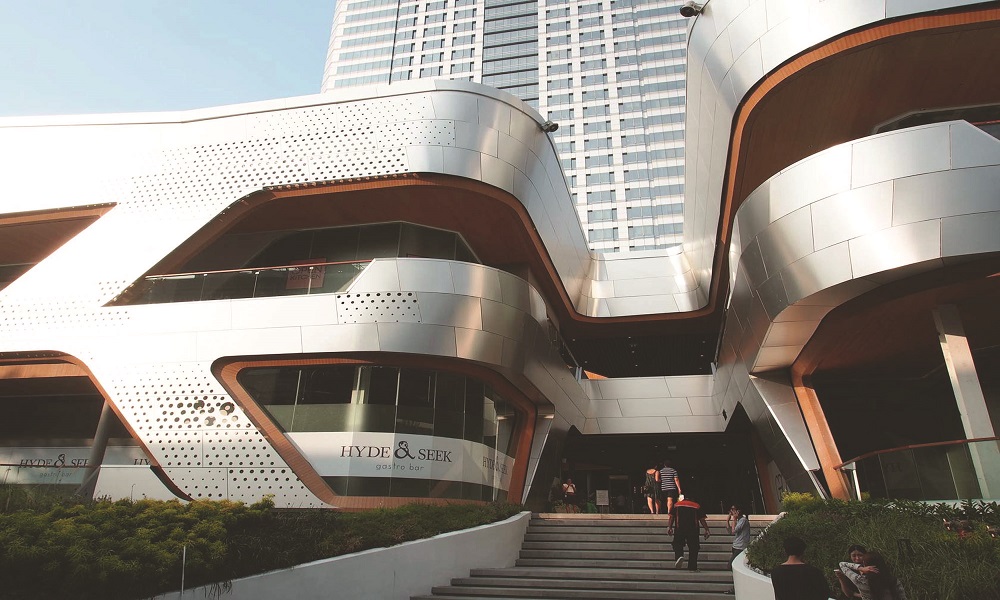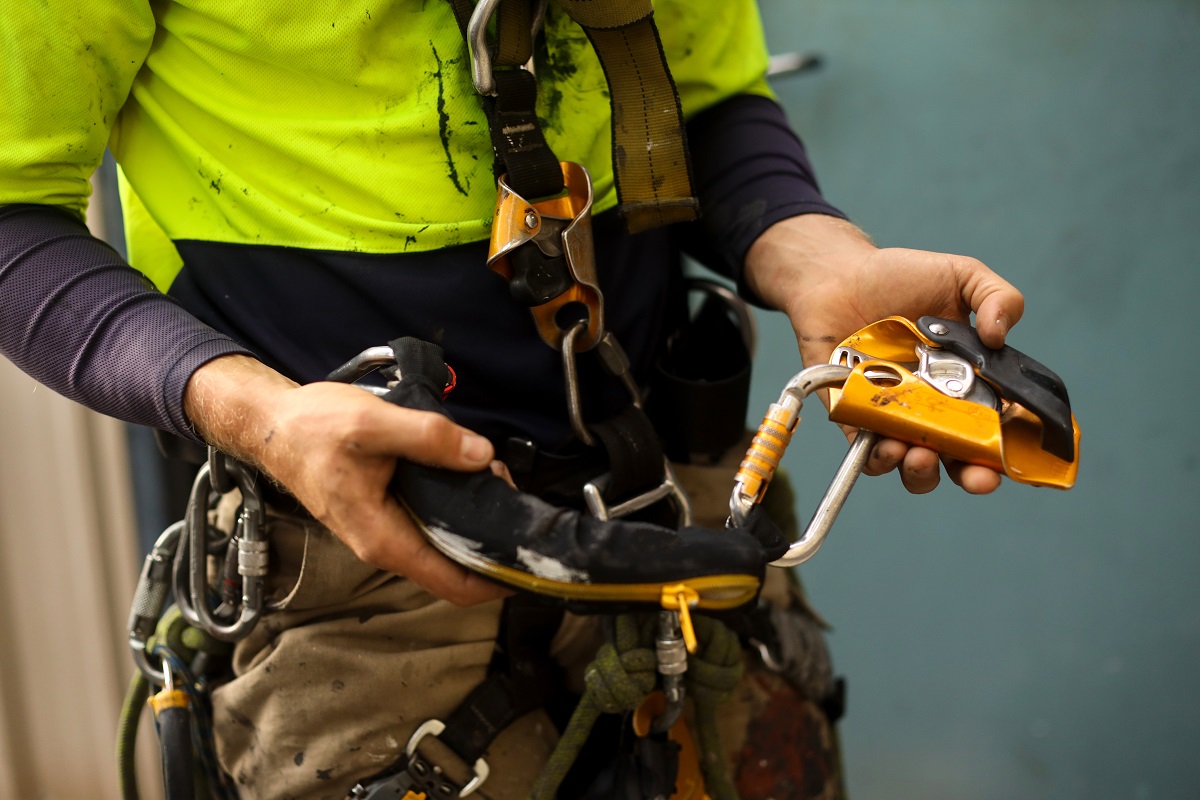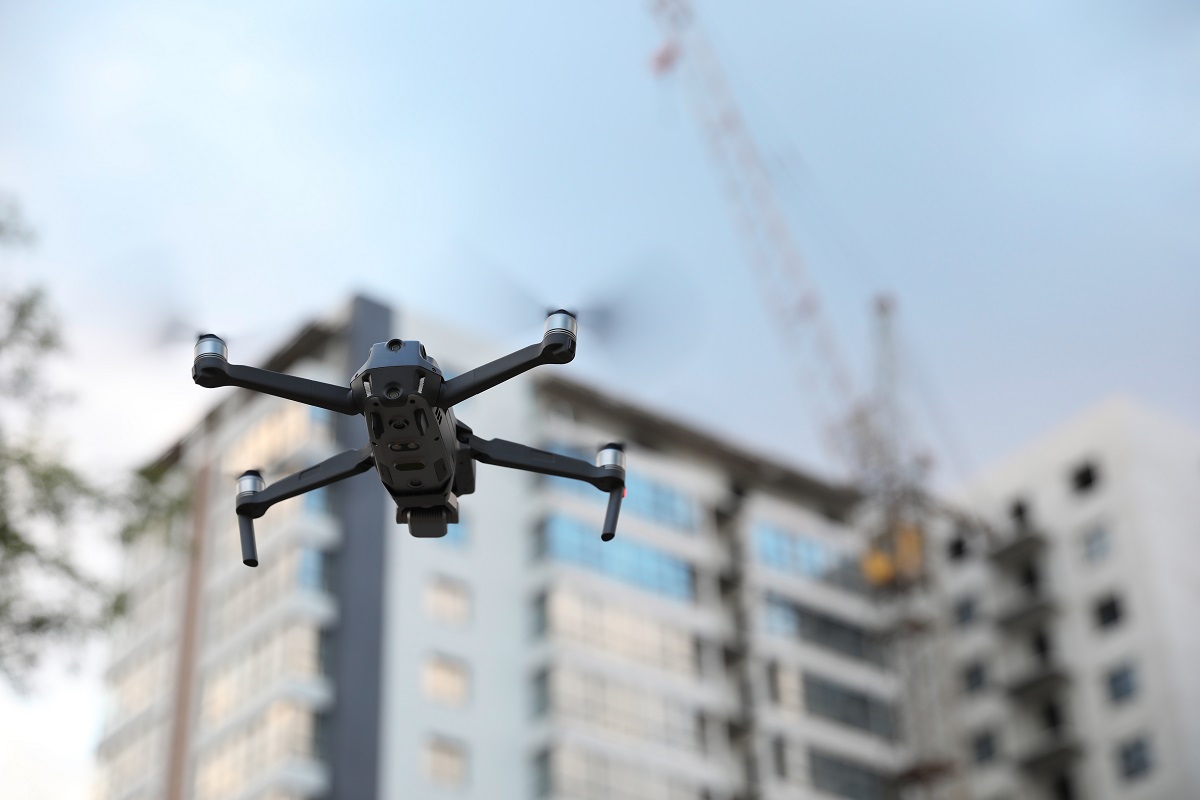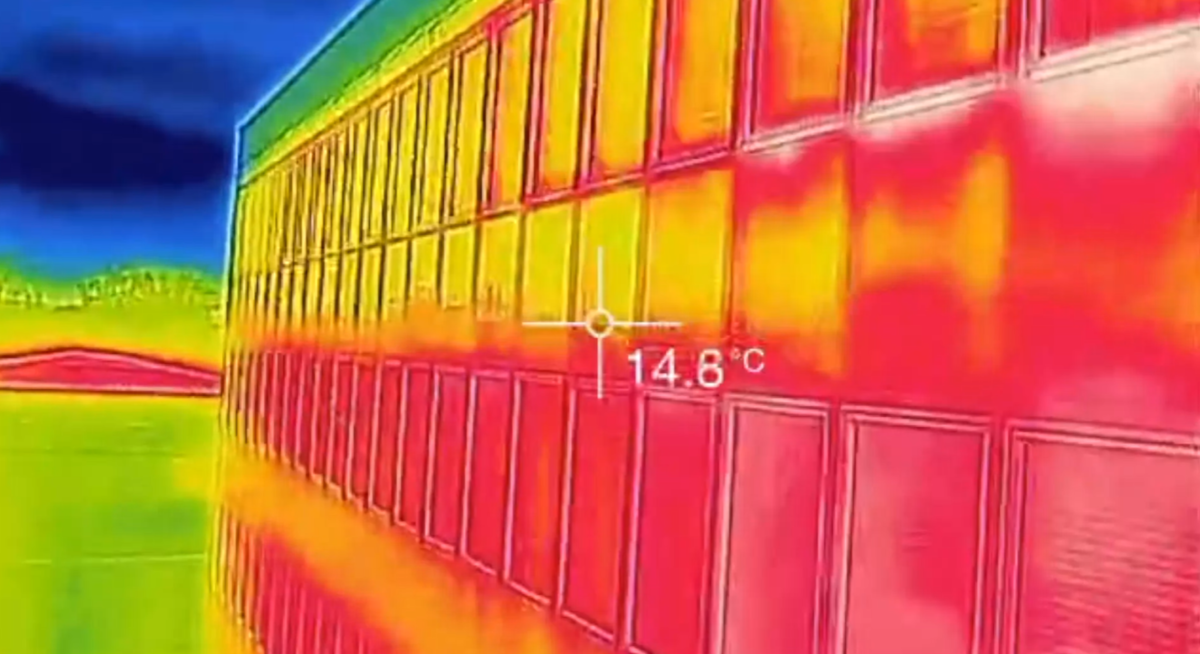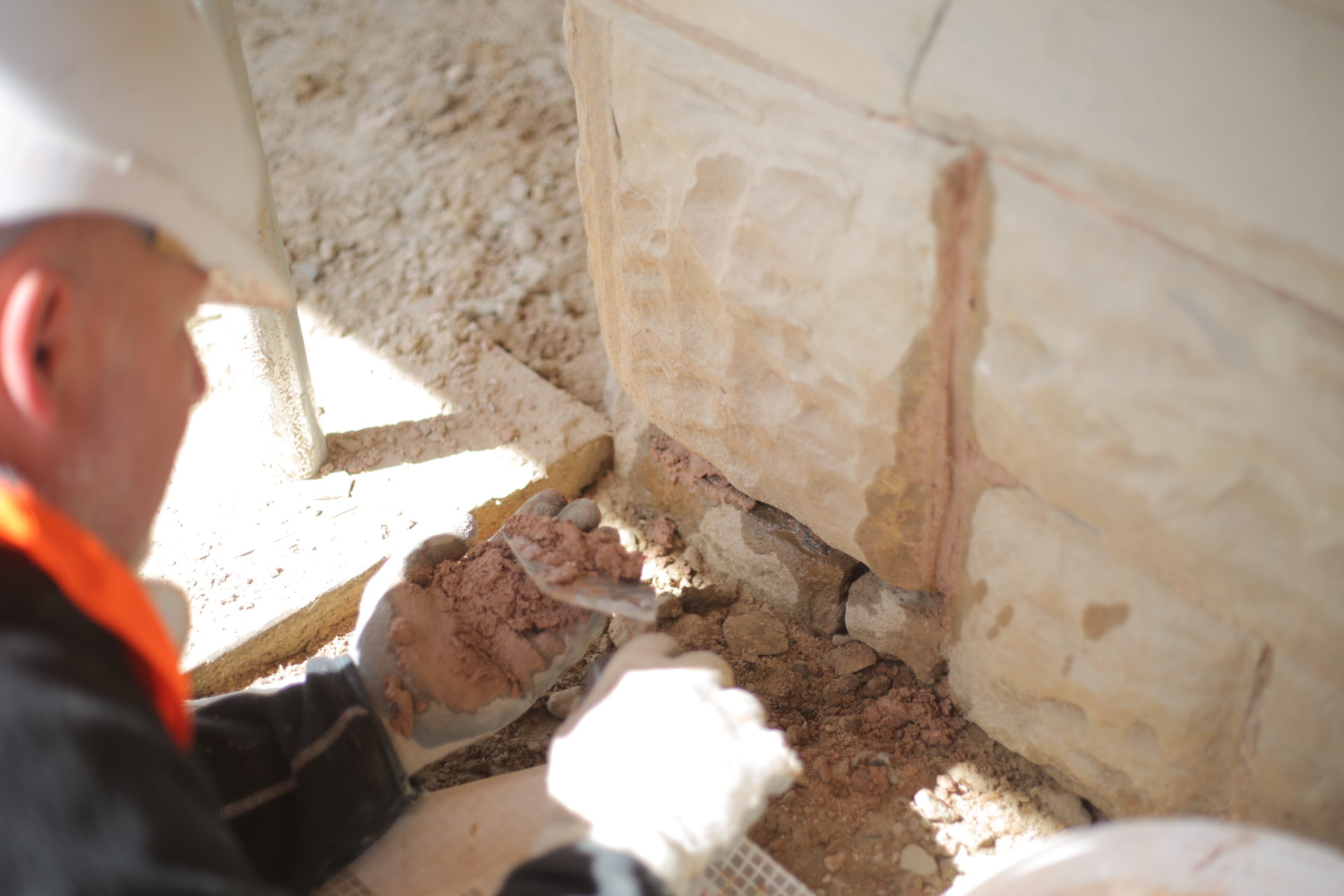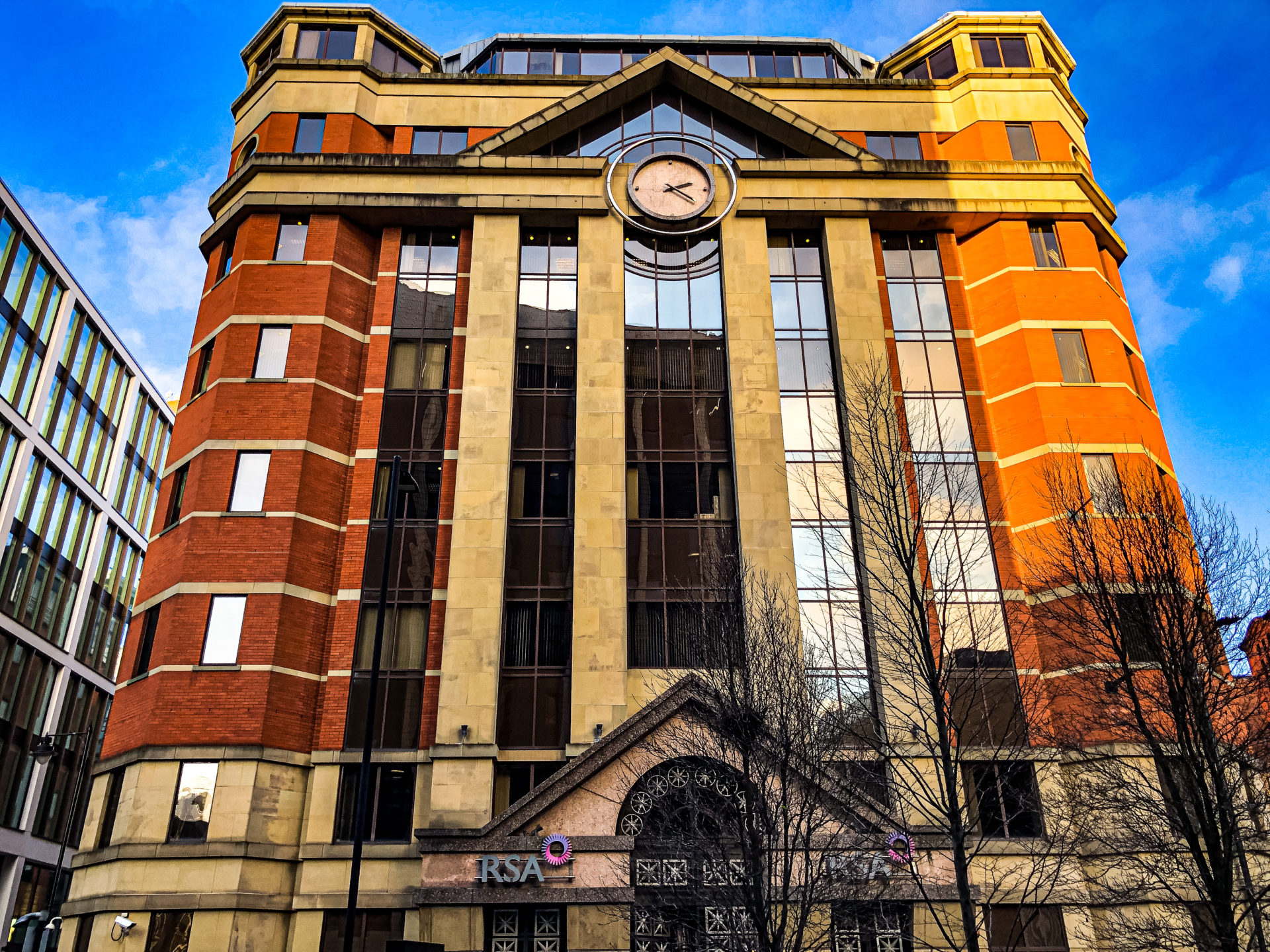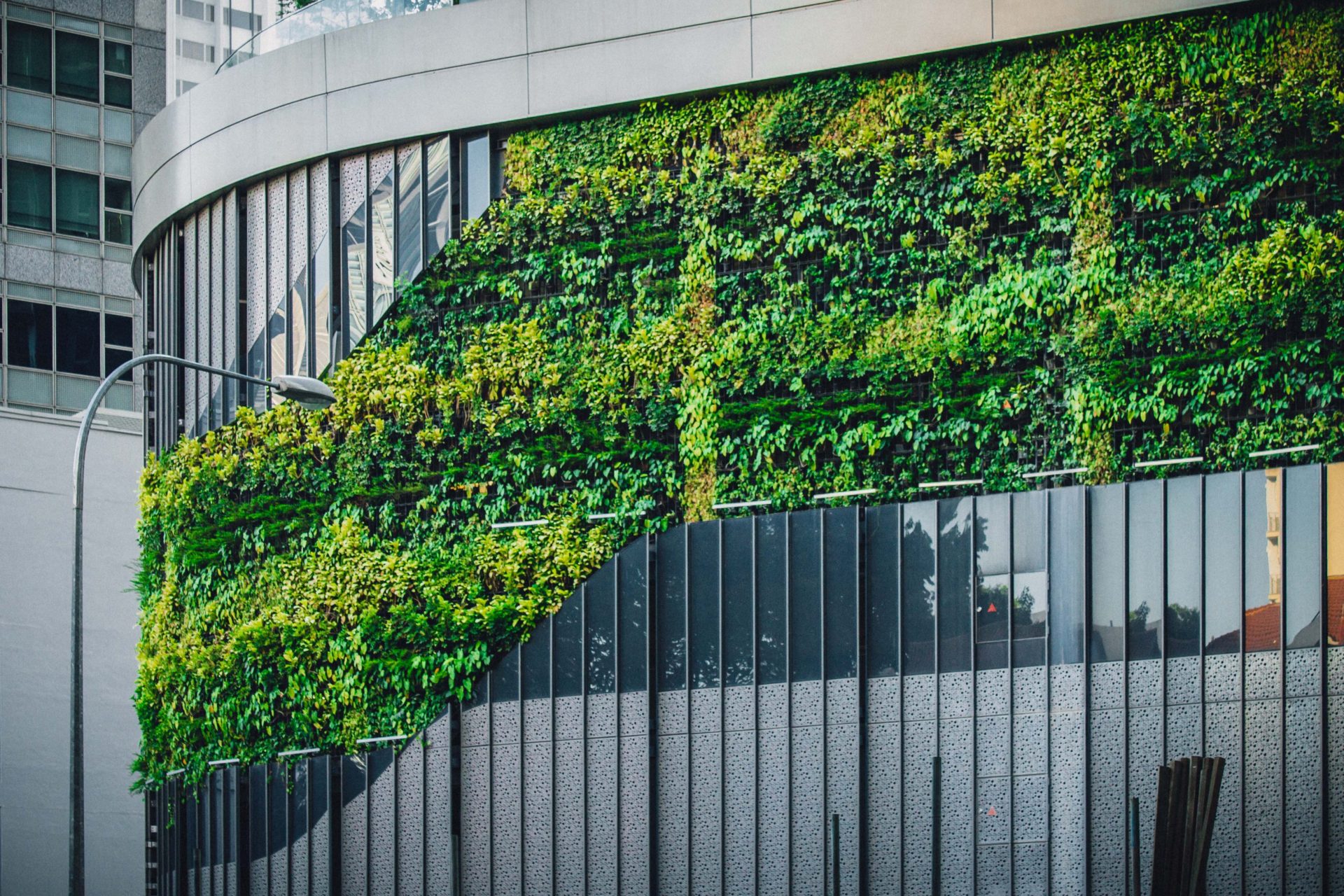With the onset of inclement weather during the winter period, it is essential to inspect and assess the existing condition of your building. For the protection of the building asset, conducting regular roof inspections should be part of every building managers operation and maintenance program. Until specific maintenance issues are not identified, allocation of time and resources for rectification becomes difficult and cumbersome.
Building design and inspection
Inspection of commercial buildings is a time-consuming process. At face value, buildings may seem rigid and unmoving, but this is quite far from the truth. Building materials are constantly responding to environmental factors such as humidity, wind, temperature. Smart building designs allow for these stresses and movement, especially where materials with different coefficients of expansion/contraction are interacting.
Flashings, expansion joints and flexible materials are designed to allow for these changes in size, shape and position to move. Due to consistent stress, the aforementioned areas become susceptible to wear and tear. Regardless of how rigorous a maintenance system is if there are inherent design defects in a building the results will never be consistent.
Ideally, the inspection of the building envelope should be scheduled in spring to prepare for the winters. For areas such as roof and gutters, a second inspection is recommended to be carried out in summers and autumn. It has to be kept in mind that additional inspections are recommended after the onset of severe weather as well.
One of the common mistakes building owners/managers make is delaying regular inspection of roofs and façade to identify leaks and other defects. Since a host of maintenance problems may not be not visible in the early stages, they are largely ignored. Only when the problem escalates in terms of severity and operational difficulties are endured, is the time when proper action is usually taken.
It is important to have a good understanding of your building and its conditions to prevent problems in the future. The key objectives of conducting regular inspections are as follows
• Identification of materials at the end of their lifespan
• Identification of minor problems to prevent further escalation
• Extend the lifespan of individual components
• Minimise repairs bills
• Avoiding emergency repairs
The importance of condition survey
A survey provides a complete picture of the existing condition, which helps significantly in planning for the long term management based on the current requirement and budget. It is best to ensure that the survey is carried out by professionals who have the necessary equipment and expertise to inspect without causing any disruption. With the help of a condition survey, the problems and defects are identified making the repair work more targeted, effective and accurate.
The roof is one of the most vulnerable and exposed parts of the building. Roof materials such as tiles and slates may become easily dislodged, gutters may become blocked and leaks may start to appear. The best way to stay in control of such repairs is by planning regular surveys and inspections of your building. For best results, a roof condition survey should be carried out at least twice a year. This includes thorough checking of the building exterior and careful examination of the roof and its adjoining areas. Repairing a roof leak may sometimes be quick work that can be done through DIY solutions. However, one should be cautioned that these solutions are temporary at best especially if the damage incurred is extensive. The reasons why buildings fail can be summed up in the following points below
• Incorrect installation
• Incorrect usage of materials
• Exposure to natural elements
• Building movement
• Organic growth
• Durability and characteristics of materials
Carrying out roof inspection may reveal problems such as lap failure, ponding, blocked gutters/drainage system, missing or loose flashings and pointing deterioration. To ensure the source of the defect is identified conducting an electronic leak test may be carried out. However, such tests can only be carried out on certain types of roofs so it is best to consult if your commercial roof is suitable to conduct such a test.
Rainwater outlets are a vital part of a roof envelope and their performance and integrity should be checked as part of an investigation or maintenance plan. The testing should include as many individual components to isolate any potential defects which may require repair. It is also a good idea to carry out tests to ensure the outlets are functioning properly and the water can drain away. Once the roof has been surveyed professionally, it is best to carry out the repairs identified as soon as possible. Even though a repair may seem costly or unnecessary at the time, it would be much more cost-effective than replacement of the roof and rectification of the damage caused by persistent leaks and blockages.
Trusted partner for reactive and planned maintenance
For proper maintenance and inspection, facility managers should turn to partners such as Building Transformation, who can identify problems, advise on repair material selection, and ensure a quality installation, ultimately extending the life of a building. Our work is often non-intrusive, and we can conduct surveys, inspections, or repairs whilst the building is fully operational. We also carry out make-safe solutions, ensuring all fabric is secure.
Whether you need a roof condition survey for general roof or façade maintenance, our team of engineers can provide you with a detailed picture of your building’s issues, risks and health. Contact our team of experts today.


